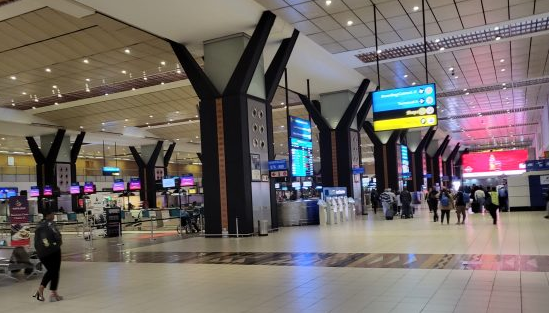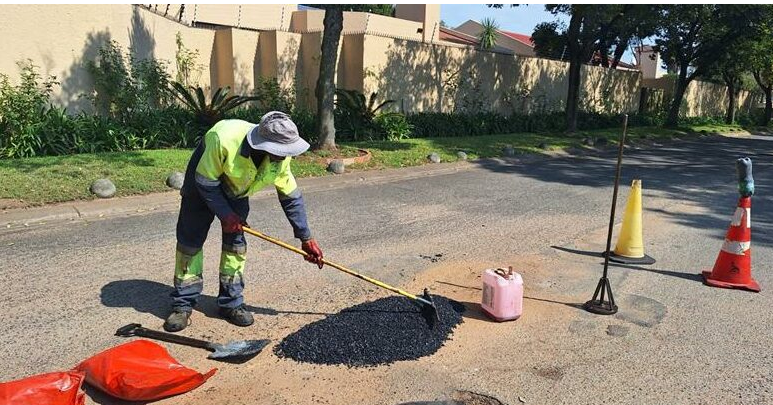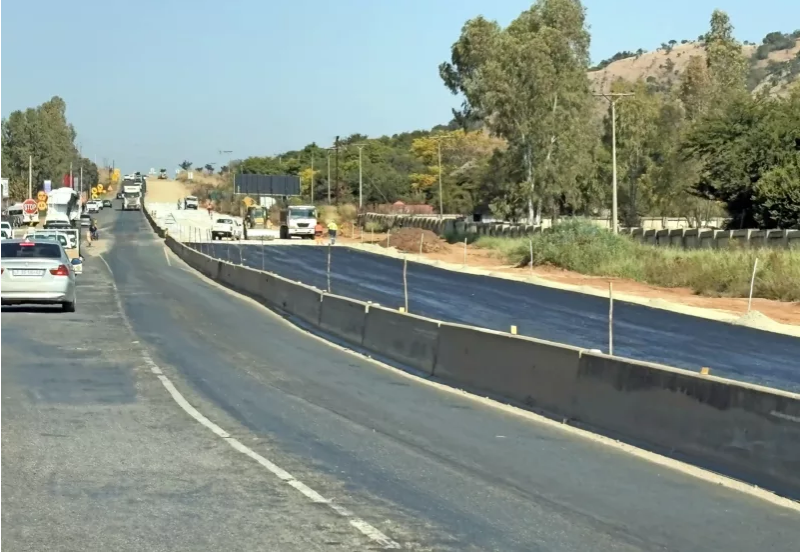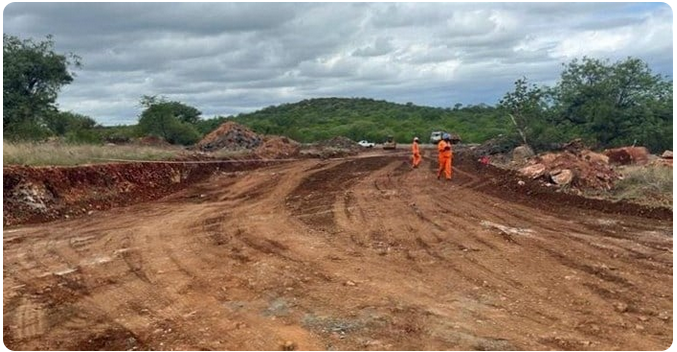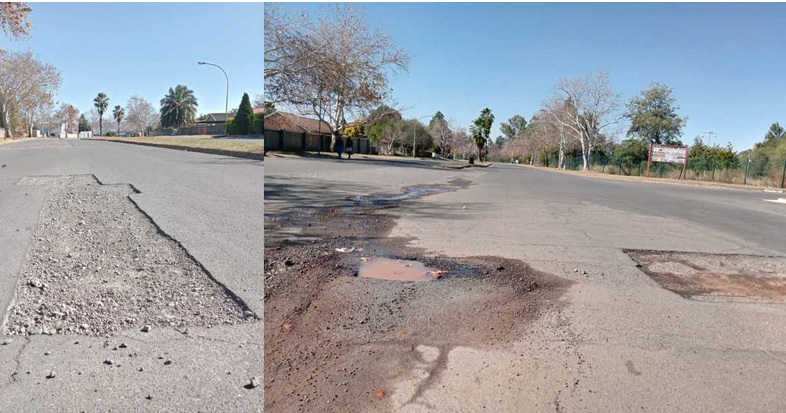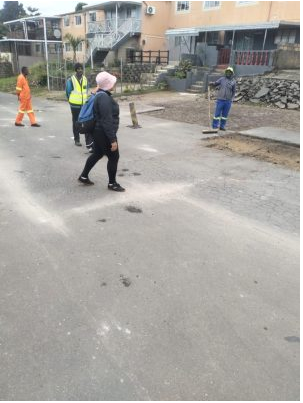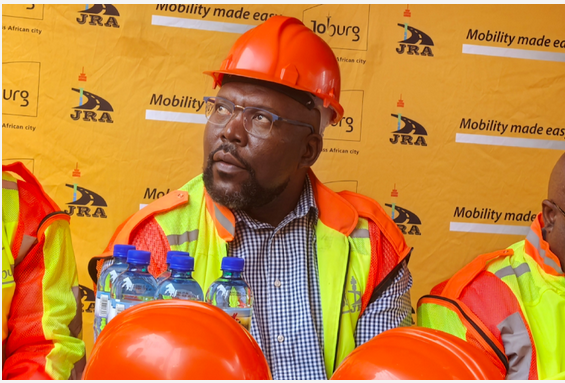Stronger structural steel to hit SA market soon
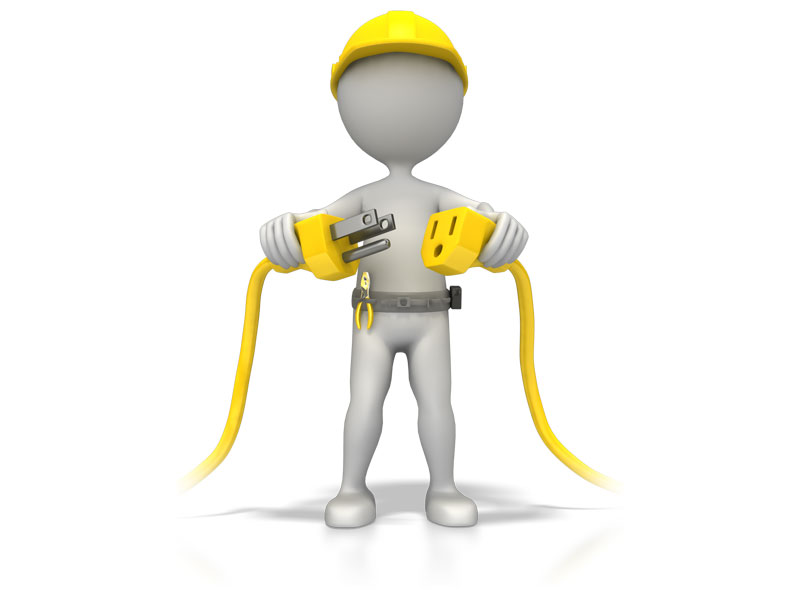
04-03-2005
Read : 77 times
Engineering News
the new stronger but same-priced structural steel announced yesterday is expected to have design engineers and architects reaching for their calculators.
for years south africans have invariably built in concrete and ignored the dominance of structural-steel construction in countries like japan in particular, but now hopes are being rekindled for a steel-construction turnaround, as has occurred in the uk.
the reason for the new optimism is the decision of south africa's second-largest steel producer, highveld steel & vanadium, of witbank, to increase the yield stress of its standard structural production steel from 300 mpa to 350 mpa - a strength increase of 16,7%.
music to the ears of the market is that this will be done without increasing the price, introducing a new competitive element into south africa's steel industry for which users have been yearning for decades.
with no increase in the price of the stronger steel, known as 350wa, the move is expected to have a significant impact on the steel construction industry - and cause designers in concrete to revisit their strategies.
south african institute of steel construction executive director dr hennie de clercq is over the moon about the change, for which the institute has long campaigned in order to advance the industry.
highveld manager steel marketing john ellwood says efforts in the uk have completely reversed the former concrete dominance with the ratio now standing at 70% steel and 30% concrete - and calculations clearly revealing steel construction as the more cost-effective option.
in japan close to 100% of structures are in steel, in the us 50% and in europe between 20% and 30%.
de clercq says the higher-strength steel's advantages include: - the ability to use up to 16,7% less steel in, typically, the heavier, stockier structures, with traditionally-concrete centre columns now being economically substitutable.
- the ability to compete with concrete in structures where it has always been assumed that concrete is most economical.
- the boosting of fabricated structural-steel exports; most projects in other countries requiring the higher-strength steel and many contracts being lost as a result of its non-off-the-shelf-availability in south africa.
de clercq emphasises that yield stress, the point at which structural steel reaches its limit of elasticity, is of crucial engineering concern, ahead of weldability and corrosivity, with steel structures invariably being fireproofed and strengthened to resist unexpected yield-strength decline.
vanadium and niobium will be among the metals added to virgin iron-ore in the production of the new 350 mpa yield-strength steel.
as the effect of the stronger steel is greater on big-member portal frames than on trusses, de clercq anticipates that its introduction will encourage engineers to study the economy of using fewer large members rather than many smaller members - and benefit from fewer larger members requiring less transport, less labour and less handling.
“those engineers considering using concrete should now re-evaluate their designs taking the new standardised higher-strength steel into account,” de clercq advocates, emphasising that this should be done against the background of the greatest advantage of steel being speed of erection.
he urges that calculations should not centre on steel versus concrete, but on improved timing, better precision and earlier income generation. “overall, despite the savings in steel used per structure, we expect a significant increase in demand because of increased competitiveness and the boost to exports,” de clercq adds.
though highveld appears to be penalising its own steel-sales interests by offering a steel that will do more at the same price, ellwood emphasises that the introduction of 350wa is a strategic move aimed at increasing steel's penetration of concrete's long-standing construction dominance.
he reiterates that the steel sections will be more effective as they will be able to resist considerably larger forces relative to size.
for example, the biggest available 350wa section - the w standing for weldable and the a for the absence of impact testing - will be equivalent to one of considerably larger size at the weaker strength.
despite many requiring a 610-mm-deep beam, highveld's largest beam is a 533 mm 5 210 mm beam.
now instead of using the 610 mm beam at 300 mpa or specially fabricating to the required size, the new higher-strength steel facilitates the conversion to the use of 533 mm by 210 mm units to achieve the same result.
the old 300wa steel is scheduled to be flushed out of the market over a period of about three months.
“customers should understand that if they order the current 300wa and get the new 350wa, they will be getting better, stronger steel at the same price with no downside,” ellwood says, adding that all the properties of 300wa are contained in the new 350wa grade, including the ability to be bent, welded and galvanised.
the official 350wa introduction is may, when design, specification and other information will be made available so that the new-strength steel can be used to its full potential.
de clercq describes highveld's decision to institute the 350 mpa standardisation as “a momentous decision for the south african steel-construction industry”.
Recent News
Here are recent news articles from the Building and Construction Industry.
Have you signed up for your free copy yet?

